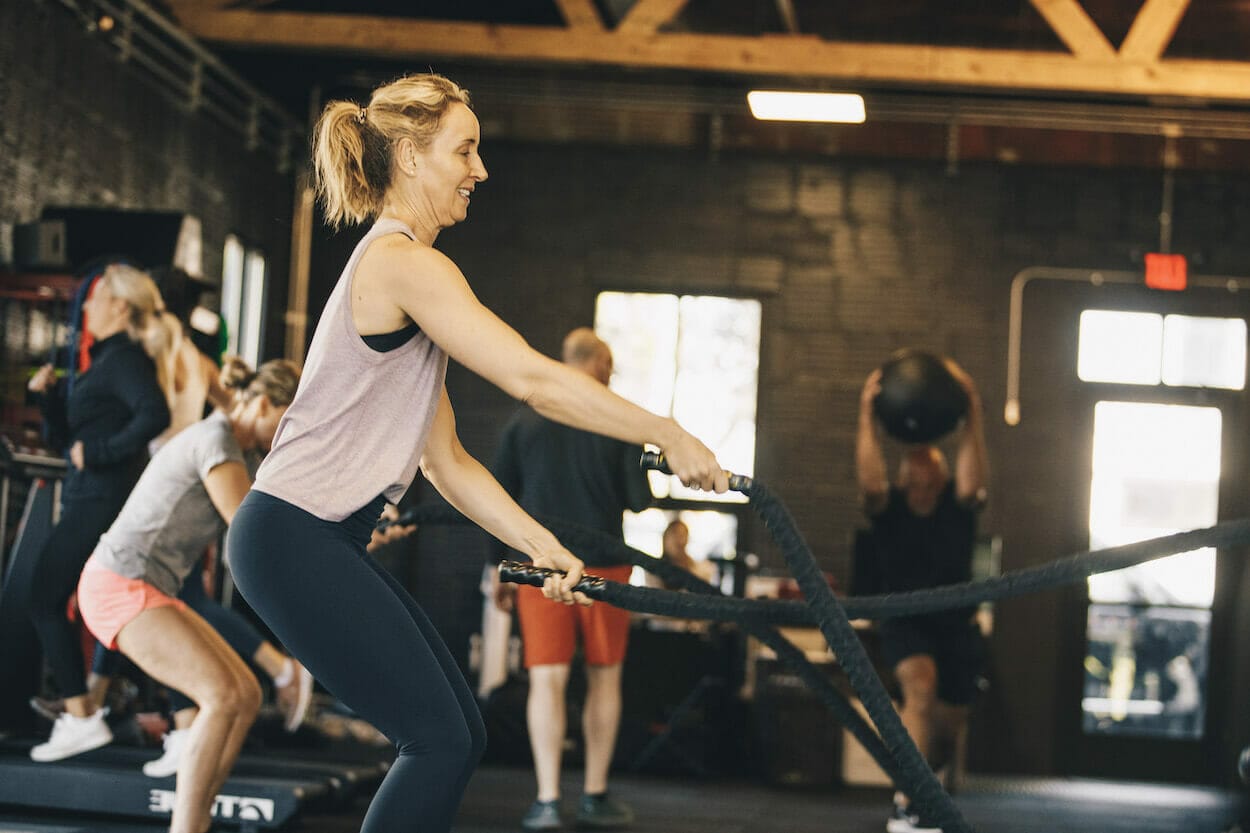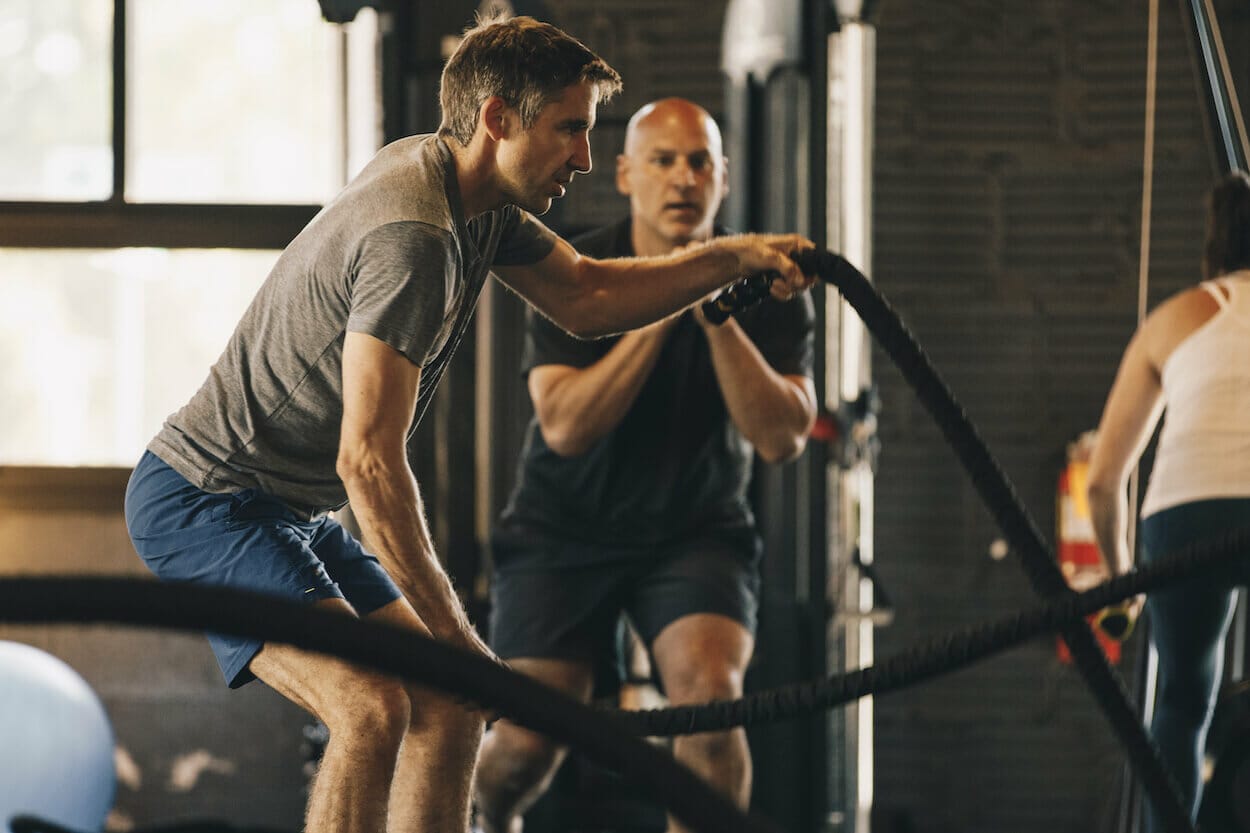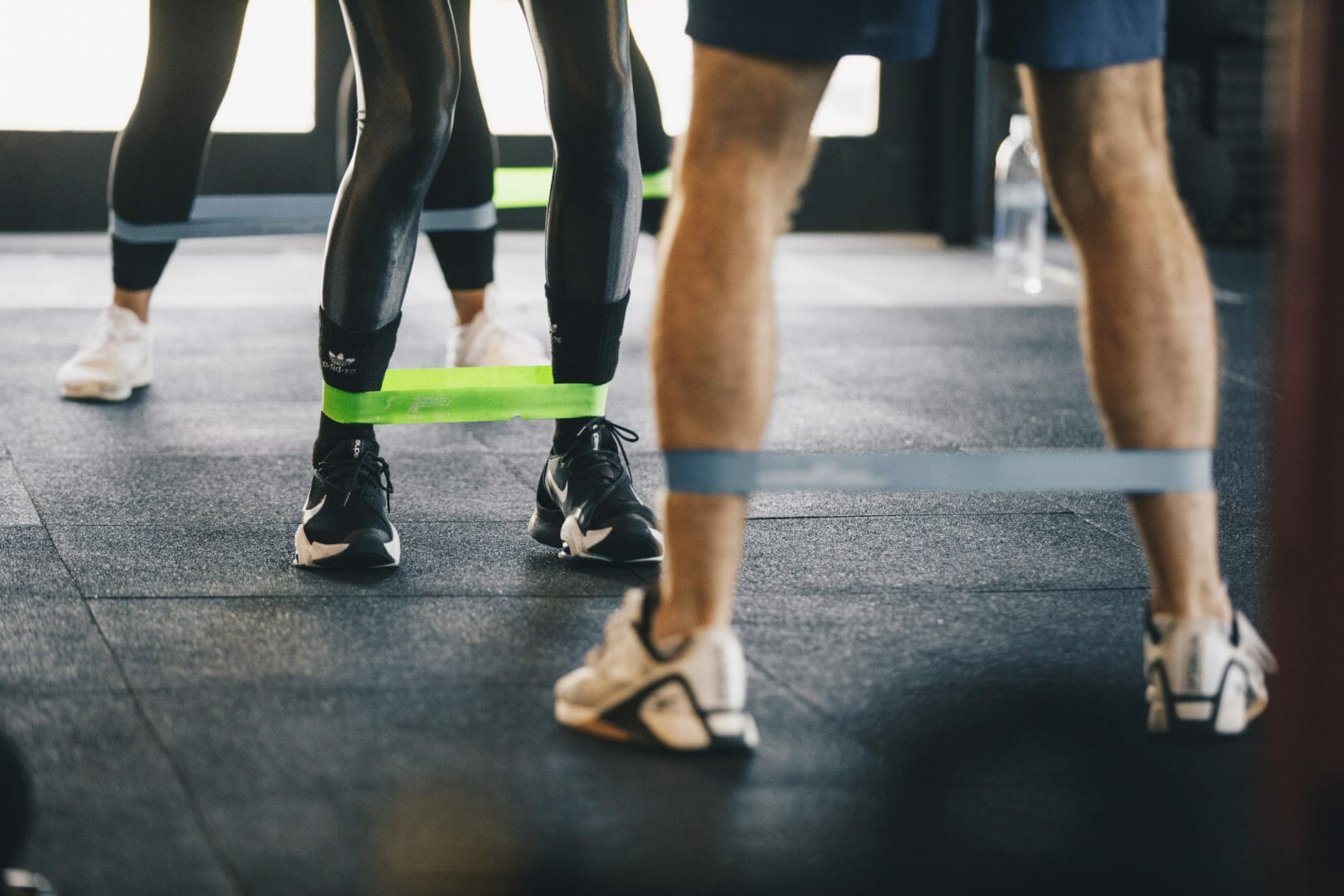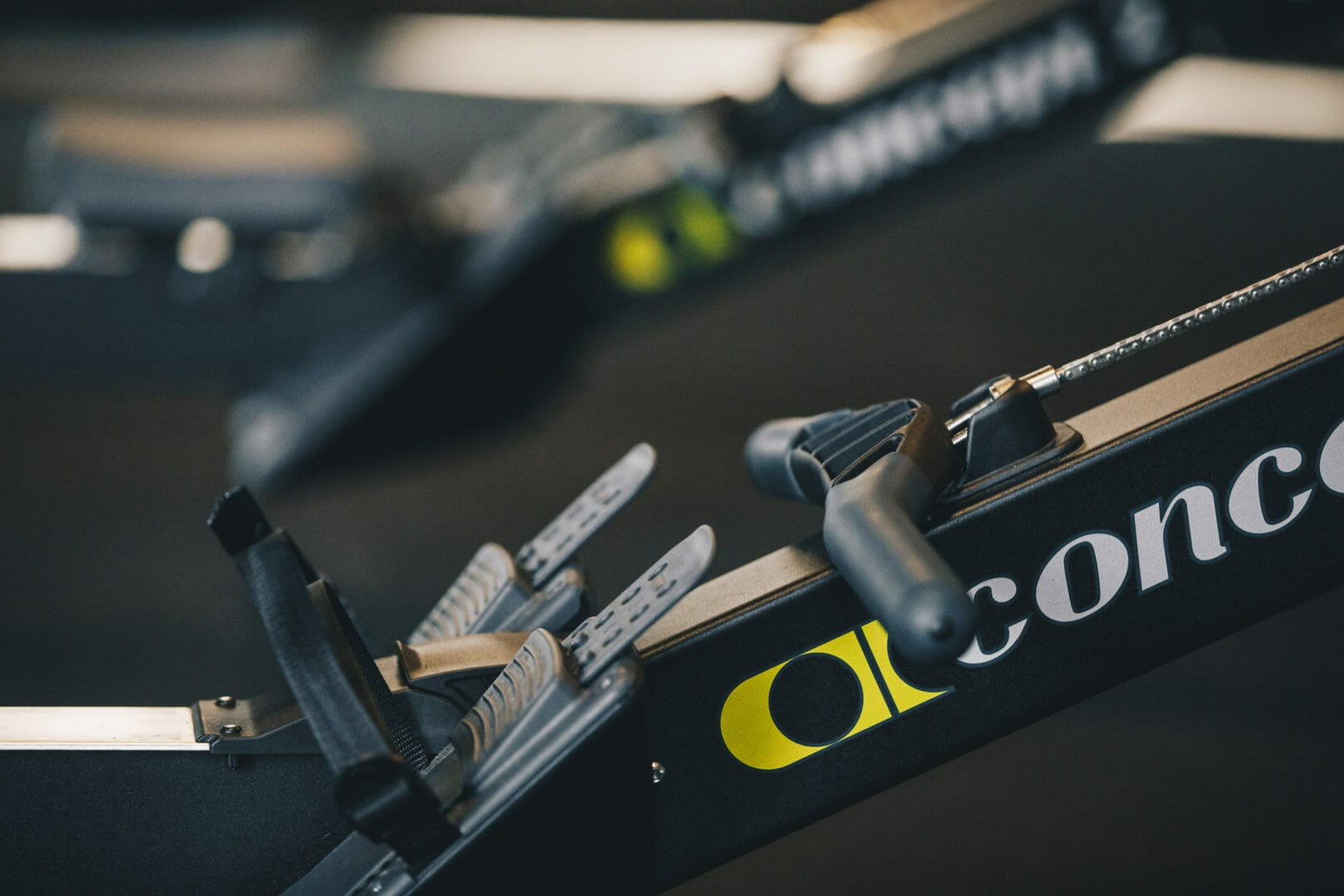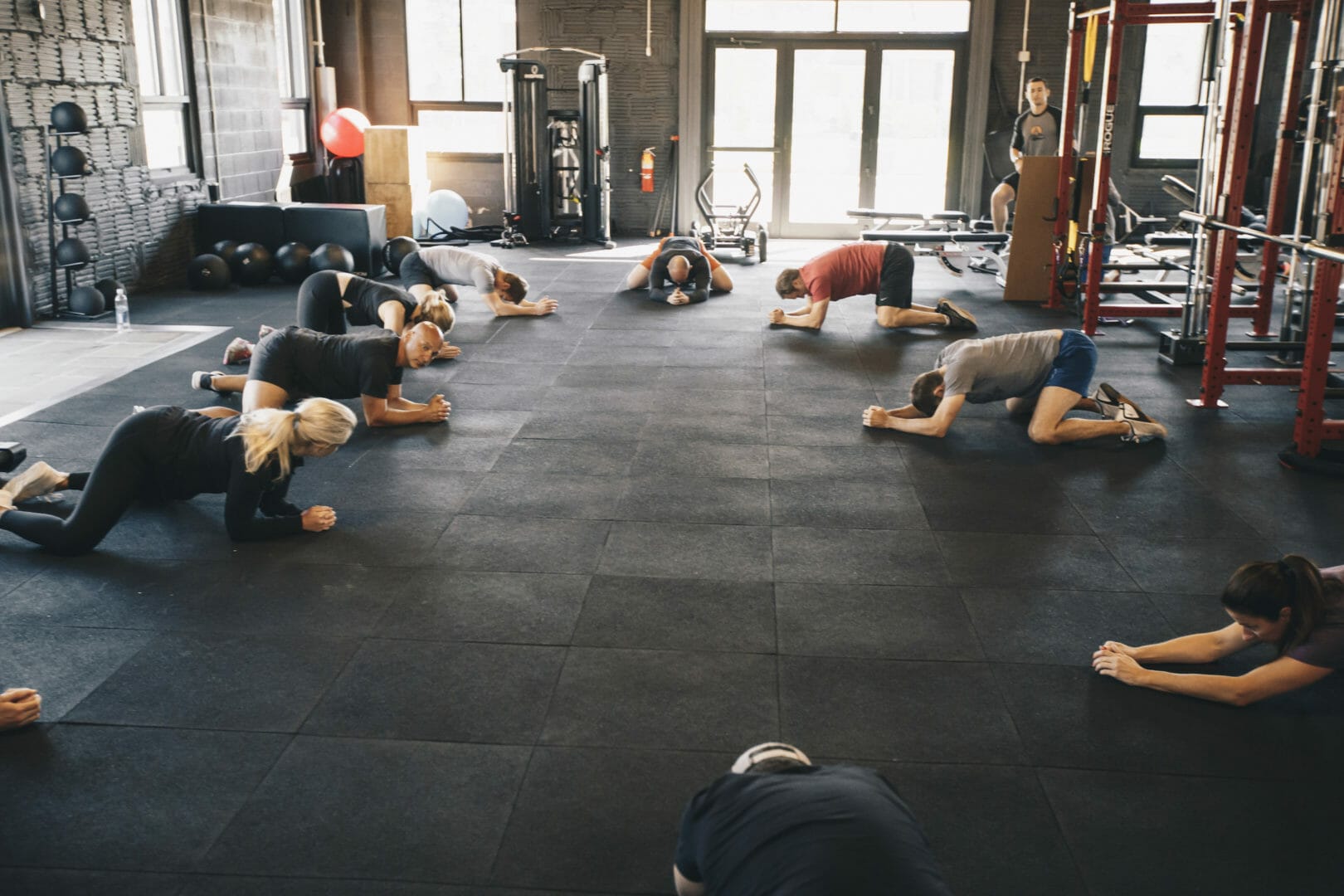Speed strength training can be easily defined as a specific movement that requires maximum force to tap into the nervous system. In sports, there are a lot of movement patterns that require absorbing and transferring force, fast into many different directions.
Swinging a bat, racquet, golf club, sprinting, throwing an object, lateral quickness, etc. all need specific movements and speed strength.
Tapping into the nervous system requires explosive lifts, such as the deadlift, back or front squat, med ball throws, bench press, plyometrics, etc. Doing lifts like those require max effort anywhere from 1 to 5 reps. Another way of tapping into the production of speed-strength can be done with isometric movements. This means something that requires max effort that can’t be moved. An example would be pulling on a deadlift for 3-5 seconds that you aren’t able to move is a great way to tap into max speed strength.
All forms of speed-strength training can reduce the risk of injury in any sport. Training with workloads in a manner that allows functional movements, while putting added stress on the muscles and joints at maximum efficiency, can dramatically improve stability and mobility in the joints.
Speed strength training can be specifically designed for each individual sport or level of athlete. In order to level up and reach athletic potential, training within the speed training requirements is a must during the off-season and in-season. The workloads can fluctuate depending on the sport environment or for a specific type of athlete or level.
A conditioned professional athlete can handle different lifts and workloads than a high school athlete, who may be just getting started. However, all athletes will perform some form of speed-strength training that will increase their capability.
There are three different types of speed-strength training:
- Maximum
- Explosive
- Reactive
Maximum strength training is more of a base training for all athletes. These exercises can include the back squat, front squat, deadlift, lunges, etc. Athletes new to training will spend a lot of time building up their maximum (base) strength.
Explosive training gets more advanced. Explosive exercises have a higher degree of muscle activation, concentric velocity, force, and power than maximum strength exercises. They are also technically more demanding, so it’s even more important that you’re able to perform them correctly to avoid injury. These exercises include movements such as the power clean, snatch, squat jump, broad jumps etc.
Reactive training is more for working on quick change of direction and sprint work. Minimal ground contact with maximum force is the focus and plyometrics is a great protocol for reactive training.


